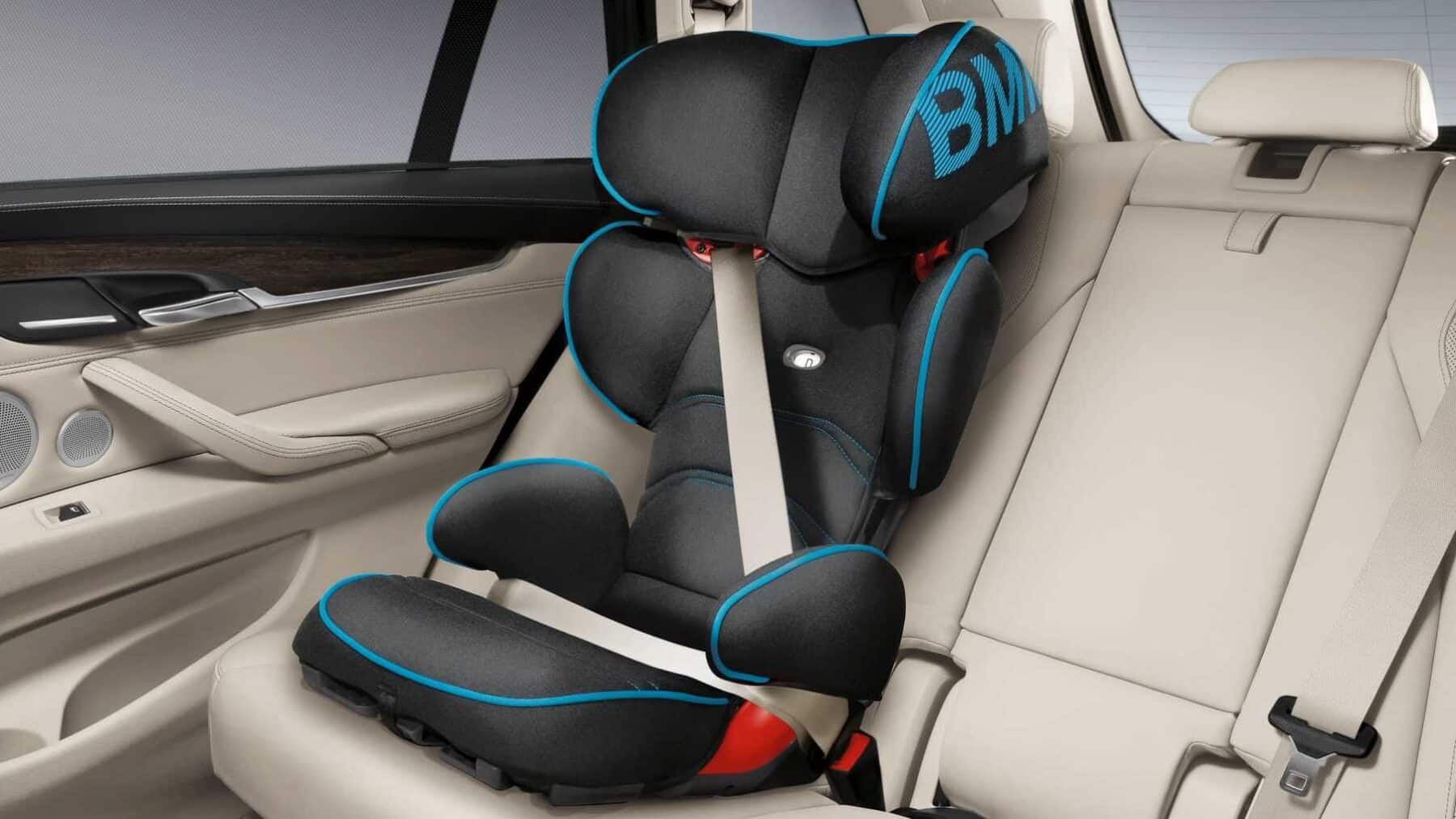
When you are, or will be, a mother, many doubts arise and one of the most common has to do with the transportation of the newcomer. It may seem trivial, but in recent years legislation, vehicles and Child Restraint Systems (CRS) have evolved a lot. So much so that the variety of CRS that we can find in the market is so wide that it can be overwhelming.
However, choosing an appropriate CRS for our needs is much easier than it may seem at first. Today, There are two types of systems that are grouped according to the existing homologation regulations.
I-Size or R129 approval
In the first place, because it is the most modern, there is the i-Size or R129 approval. It came into force in July 2013 and classifies SRIs based on the child's height, although some also include a weight limit. The vast majority of these chairs already include the ISOFIX anchor and the third point of support through a lower auxiliary leg or the Top Tether anchor.
In addition, according to the regulations, they must always be installed in the opposite direction of travel, not being able to be placed the other way around.
However, the most common size ranges are as follows.
- From 40 to 80 centimeters.
- 67 to 105 centimeters, and
- From 80 to 105 centimeters.
R44 homologation standard

Second is the R44 homologation standard. It came into force in 1982 and throughout these years it has been updated up to three times. In fact, it coexists with the i-Size regulation, since it takes into account SRIs that can be anchored to the car through seat belts or ISOFIX anchors.
In this case, the classification of SRIs is carried out based on the weight of the child and there are several groups.
- Group 0. From 0 to 9 kilos and up to 10 months. It must be placed perpendicular to the march in the rear central square.
- Group 0+. From 0 to 13 kilos and up to 15 or 18 months. It must go in the opposite direction of the march in the rear seats. In case of going in the front, the airbag must be disconnected.
- Group 1. From 9 to 18 kilos and from 9 months to 4 years. If possible, you should go in the opposite direction to the march.
- Group 2. From 15 to 25 kilos and from 3 to 7 years approximately.
- Group 3. From 22 to 36 kilos and from 7 to 12 years old.
Knowing how both regulations are, we must indicate that CRS approved under the i-Size (or R129) are safer than those approved under the R44 standard. The reason has to do with the safety and impact tests to which they are subjected.
In this case, the i-Size are tested in three types of impact (frontal, lateral and by reach) and in all dummies are used that represent children in a realistic way. For its part, the SRI R44s are only subjected to two types of impact tests (frontal and by reach) and the dummies used do not reach the level of realism of those used in the R129.

Considering how CRS are classified, it is important to choose a car seat that is approved by either of the two regulations, and for this we can follow these tips when buying it.
- First. Check on the manufacturer's website that the model we are interested in is compatible with our car.
- Second. Test the chair in the rear seats. The most appropriate, for this, is to go to the store where we will buy it and ask to be allowed to assemble it. Thus, we will know if it is, or not, suitable and how it should be assembled.
- Third. We must assess the weight of the SRI, because if we have to mount it on several vehicles, its handling could be complicated.
- Fourth. Once acquired, we must practice its assembly and disassembly in the car several times. In this way, we will learn to do it well, quickly and without overlooking any details of the procedure.
With this information, we can now analyze the chairs available on the market and which ones best suit our needs.